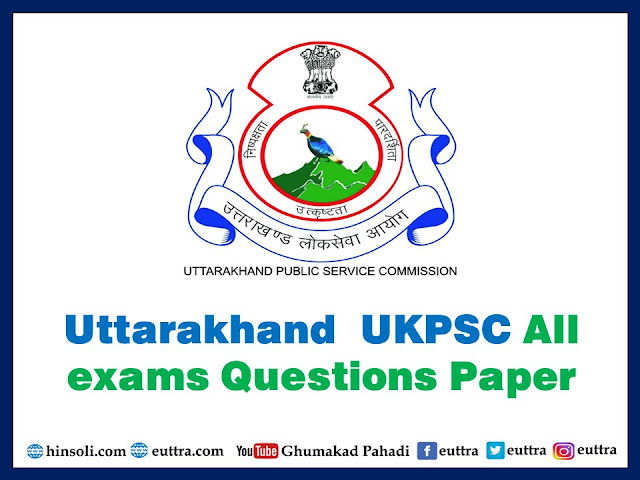
What is Article 246 of Indian constitution
Article 246 of the Indian Constitution
Title: Subject-matter of laws made by Parliament and by the Legislatures of States
Part XI – Relations Between the Union and the States
Chapter I – Distribution of Legislative Powers
🧠 What Article 246 Does:
Article 246 divides the legislative powers between the Union and the States through three lists in the Seventh Schedule:
List I – Union List
List II – State List
List III – Concurrent List
🔹 Clause-by-Clause Breakdown of Article 246:
| 🔢 Clause | 📘 Provision |
|---|---|
| (1) | Parliament has exclusive power to make laws on subjects in the Union List. |
| (2) | Both Parliament and State Legislatures can make laws on subjects in the Concurrent List. |
| (3) | State Legislatures have exclusive power to make laws on subjects in the State List. |
| (4) | Parliament can make laws for Union Territories on any subject, even those in the State List. |
🧾 Three Legislative Lists (Seventh Schedule):
| 📘 List | 🏛️ Who Can Legislate | 🧭 Examples of Subjects |
|---|---|---|
| List I (Union) | Only Parliament | Defence, Foreign Affairs, Railways, Currency |
| List II (State) | Only State Legislatures | Police, Public Health, Agriculture, Local Govt |
| List III (Concurrent) | Both Parliament & States | Education, Forests, Marriage, Adoption |
⚠️ If there is a conflict between Union and State laws on a Concurrent List subject, the Union law prevails (unless the state law is protected by the President’s assent under Article 254).
🧠 In Simple Words:
Article 246 tells who can make laws on what subjects:
Parliament: on national matters (Union List)
States: on local/state matters (State List)
Both: on shared subjects (Concurrent List)
🔁 Related Articles:
| Article | Subject |
|---|---|
| 245 | Territorial extent of legislative power |
| 246A | Special powers for GST (added by 101st Amendment) |
| 248 | Parliament’s power on residuary subjects |
| 254 | Resolution of conflicts between Union and State laws |
Here is a 📊 Comparison Chart of the Three Legislative Lists in the Seventh Schedule of the Indian Constitution — based on Article 246:
🏛️ Union List vs State List vs Concurrent List – Comparison Chart
| 🔢 Feature | 🟦 Union List (List I) | 🟩 State List (List II) | 🟨 Concurrent List (List III) |
|---|---|---|---|
| 🧑⚖️ Who Can Legislate? | Parliament only | State Legislature only | Both Parliament and State Legislatures |
| 📄 Number of Subjects | Currently 100 | Currently 61 | Currently 52 |
| 🗺️ Focus Area | National interest / importance | Local or State-level matters | Shared interest |
| 🧭 Examples of Subjects | Defence, Atomic Energy, Foreign Affairs, Railways, Currency, Citizenship | Police, Public Order, Public Health, Agriculture, Local Government | Education, Forests, Marriage, Bankruptcy, Trade Unions |
| ⚔️ Conflict Resolution | — | — | If conflict: Parliament law prevails unless state law has President’s assent (Article 254) |
| 🌐 Extra-Territorial Scope | ✅ Allowed (under Article 245(2)) | ❌ Not allowed | ✅ Allowed (if made by Parliament) |
| 🛠️ Amendment Needed? | Parliament can amend subjects by law | Parliament can also amend or remove state subjects under certain conditions | Both can suggest changes through constitutional amendments |
🧠 Quick Understanding:
| ✅ Parliament can legislate on | Union List + Concurrent List + Residuary Subjects |
|✅ State can legislate on | State List + Concurrent List (but limited to its own territory) |
🔁 Important Related Articles:
| 🔢 Article | 📘 Subject |
|---|---|
| Article 245 | Territorial limits of laws |
| Article 246 | Distribution of subjects in 3 lists |
| Article 246A | Special provisions for GST |
| Article 254 | Conflict resolution (Union vs State law) |

.jpg)


















Follow Us